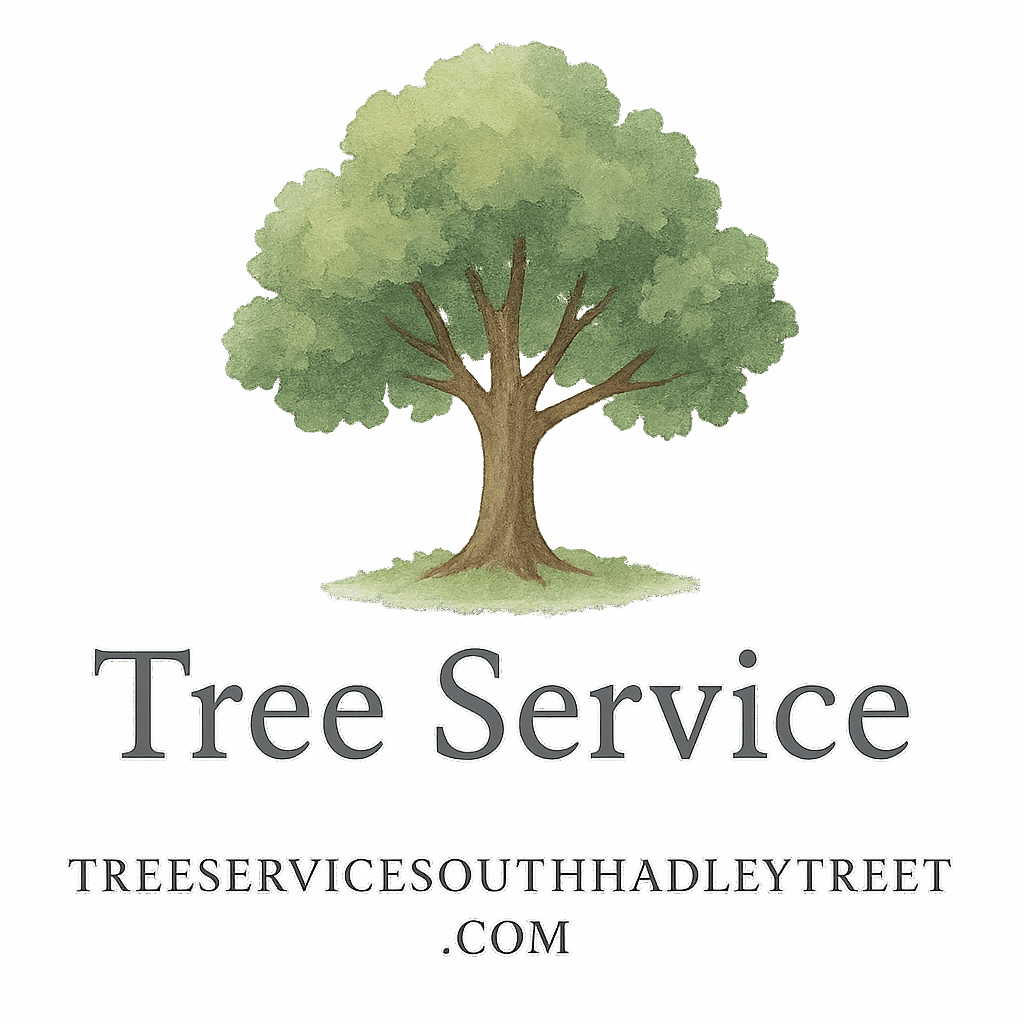Let’s face it—trees are a long-term investment. Whether they’re lining your driveway or shading your backyard, they deserve proper care to stay healthy and strong. That’s where smart, professional tree service techniques come into play.
In this post, we’re diving into 6 tree service techniques that promote growth and stability, helping you keep those leafy giants standing tall and proud. Stick around—this guide’s packed with value and practical advice you won’t want to miss.
Why Tree Growth and Stability Matter
Trees aren’t just for aesthetics—they’re living, breathing powerhouses that clean our air, protect soil, provide shade, and even raise your property value. But unhealthy, unstable trees? They’re more liability than asset.
That’s why promoting both growth and stability is key. Healthy trees stand up to storms, resist disease, and look fantastic year-round. And the secret? Professional tree services.
The Role of Tree Services in a Healthy Landscape
Think of tree services like regular doctor visits for your green friends. They catch early signs of trouble, provide tailored care, and ensure everything’s growing in the right direction—literally.
For example, basic services like pruning or fertilizing can help a tree flourish, while advanced techniques like cabling can literally keep it from splitting in two.
Let’s explore the top six techniques that make the biggest difference.
1. Strategic Tree Trimming
What Is Tree Trimming, Really?
Tree trimming—or pruning—isn’t just about cutting back branches. It’s a science. It involves removing dead or diseased limbs, improving structure, and controlling growth direction.
Benefits of Proper Pruning
- Encourages strong structure
- Prevents overgrowth
- Enhances sunlight and airflow
- Stops disease spread
Improper trimming can do more harm than good, so hiring professionals is crucial. Want to learn more about proper pruning? Check out our Tree Removal & Trimming services.
2. Deep Root Fertilization
Feeding Trees from the Inside Out
Think your tree’s leaves are all that matter? Nope. Roots are where the real action happens. Deep root fertilization delivers nutrients directly into the soil, helping trees grow from the ground up.
It’s like giving your tree a vitamin shot—quick, targeted, and effective.
When to Fertilize and What to Use
Spring and fall are ideal times. Look for slow-release fertilizers packed with nitrogen, phosphorus, and potassium.
3. Tree Cabling and Bracing
Supporting Weak Limbs for Long-Term Growth
Some trees grow in weird ways. Whether due to age, storm damage, or genetics, they may need a little structural help. Enter tree cabling and bracing, which involves installing hardware to stabilize the tree and prevent breakage.
Think of it as a tree’s version of wearing a back brace—it keeps things aligned while nature does its job.
Want to learn how this impacts safety? Our Tree Health & Safety guide goes deep.

4. Tree Health Monitoring and Maintenance
Spotting Issues Before They Become Disasters
Growth and stability start with prevention. Regular checkups help spot early signs of:
- Insect infestations
- Fungal diseases
- Root rot
- Structural weaknesses
A good tree care plan includes routine inspections and seasonal maintenance. Don’t forget to consult our checklist for tree maintenance for a quick reference.
5. Soil Aeration and Root Protection
Give Those Roots Room to Breathe!
Compacted soil is one of the silent killers of tree health. When the soil’s too tight, water and oxygen can’t reach the roots. That’s where soil aeration comes in.
This technique loosens the ground, letting the roots expand and absorb nutrients more efficiently. Bonus: it also improves drainage.
6. Professional Tree Risk Assessments
Don’t Guess, Assess
Before you plant or prune, assess. Professional tree risk assessments identify:
- Potential hazards
- Signs of disease
- Future growth patterns
- Nearby obstacles
This isn’t something you want to DIY. Call in the pros—like those experienced with Tree Service Basics—to ensure everything is evaluated properly.
Seasonal Services that Help Trees Thrive
Spring Prep and Fall Cleanups
Each season brings unique challenges. In spring, it’s all about clearing dead wood and prepping for growth. In fall, cleanup helps trees store energy for the winter.
Emergency weather events? We’ve got you covered with Emergency & Seasonal Tree Service.
Don’t forget to check tags like spring, storm damage, and seasonal for even more seasonal insights.
Choosing the Right Tree Service Company
What to Ask and Look For
Not all companies are created equal. Here’s what to consider:
- Are they licensed and insured?
- Do they specialize in healthy trees?
- Are reviews solid and local to South Hadley?
- Do they provide detailed quotes and answer questions?
- Are services transparently priced? Check out tree service pricing.
Hiring smart means hiring safe. Visit our Tree Service Costs & Hiring page for a deeper dive.
Conclusion
There you have it—6 tree service techniques that promote growth and stability. From trimming to fertilizing to risk assessments, each technique adds a layer of care that your trees need to thrive.
And remember, trees are living beings. They respond to care, attention, and yes—neglect. So don’t wait for a branch to crash through your roof. Be proactive.
Need professional help? We’ve got your back. Visit Tree Service South Hadley for all your expert tree care needs.
FAQs
1. How often should trees be trimmed?
Every 3–5 years for mature trees, and 1–2 years for younger ones. However, species and location can change that.
2. Is tree fertilization really necessary?
Yes! It replaces nutrients missing from poor or urban soils and encourages healthy growth.
3. Can I perform tree cabling myself?
Not recommended. Cabling requires precision and experience. Improper installation can damage the tree.
4. What signs show a tree is unstable?
Leaning trunks, cracked branches, visible root damage, and fungus near the base are all red flags.
5. Are tree inspections worth the money?
Absolutely. Early detection of issues can save you from costly damage or tree removal.
6. What does soil aeration actually do?
It breaks up compacted soil so roots can access water, oxygen, and nutrients more easily.
7. How do I find a reliable tree service near me?
Start by checking professional tree services in your area. Ask for credentials, references, and proof of insurance.


